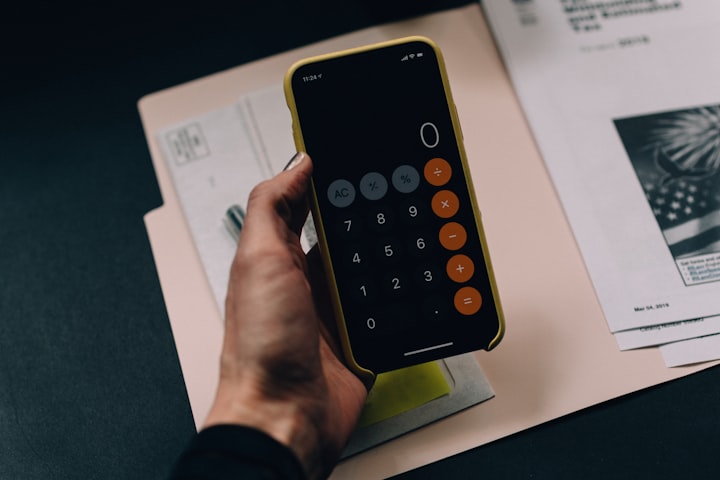How to Create a Budget and Stick to It
Mastering Financial Discipline for Long-Term Financial Success

Introduction:
Creating a budget is an essential step towards financial stability and achieving your long-term financial goals.
A budget allows you to gain control over your finances, manage your expenses, and save for the future.
However, creating a budget is just the first step. The real challenge lies in sticking to it consistently.
In this article, we will guide you through the process of creating an effective budget and provide valuable tips on how to stay committed to your financial plan.
Step 1: Determine Your Income and Expenses
The first step in creating a budget is to assess your income and expenses. Make a comprehensive list of all your sources of income, including your salary, freelance work, or any other regular earnings.
Next, compile a detailed list of your monthly expenses, including rent/mortgage, utilities, groceries, transportation, insurance, debt payments, entertainment, and any other regular bills. Be thorough and ensure that you capture all your expenditures accurately.
Step 2: Set Clear Financial Goals
To stay motivated and focused, it is crucial to define your financial goals. Determine what you want to achieve with your budget.
It could be saving for a down payment on a house, paying off debts, starting a business, or building an emergency fund.
Establishing clear goals will provide a sense of purpose and make it easier to stay on track.
Step 3: Categorize and Prioritize Your Expenses
Once you have a clear understanding of your income and expenses, categorize them based on their importance and urgency.
Essential expenses such as housing, utilities, and groceries should take priority, followed by debt payments and savings.
Non-essential expenses like dining out or entertainment should be allocated a specific amount to prevent overspending.
Step 4: Create a Realistic Budget
Based on your income and expenses, create a budget that is both realistic and flexible. Allocate a specific amount for each category, ensuring that your total expenses do not exceed your income.
Be mindful of your financial goals and distribute your income accordingly. It is advisable to set aside a portion of your income for savings and emergencies.
Consider using budgeting tools or mobile apps that can assist you in tracking your expenses and staying within your allocated limits.
Step 5: Track Your Spending
To stick to your budget, it is crucial to track your spending regularly. Keep a record of every expense you make, whether it's a small purchase or a significant payment.
Review your spending patterns weekly or monthly and compare them against your budgeted amounts.
This will help you identify any areas where you are overspending and make necessary adjustments to stay on track.
Step 6: Exercise Self-Discipline
Sticking to a budget requires self-discipline and a strong commitment to your financial goals.
Avoid impulsive buying decisions and unnecessary expenses. Before making a purchase, ask yourself if it aligns with your budget and financial priorities.
Develop healthy financial habits like distinguishing between wants and needs, practicing delayed gratification, and avoiding excessive debt.
Step 7: Make Adjustments as Needed
Life is dynamic, and circumstances may change. It is essential to review and adjust your budget periodically to accommodate any financial changes or unexpected expenses.
If you find that your expenses consistently exceed your income, look for ways to reduce costs or increase your earnings. Flexibility is key to long-term budget success.
Step 8: Celebrate Milestones and Progress
Creating and sticking to a budget is an achievement in itself. Celebrate milestones and acknowledge your progress along the way.
Rewarding yourself for reaching financial goals will reinforce positive behavior and motivate you to continue your journey towards financial stability.
Conclusion:
Creating a budget and sticking to it is an empowering step towards financial freedom.
By following the steps outlined in this article, you can take control of your finances, reduce stress, and work towards achieving your financial goals.
Remember, consistency and discipline are key to long-term budget success. Embrace the process, stay focused, and enjoy the journey towards a healthier financial future.
Follow on Vocal Media ✍ : https://vocal.media/evelyn-taylor
About the Creator
Evelyn Taylor
A front-end enthusiast and dedicated development engineer, eager to expand knowledge on development techniques and collaborate with others to build exceptional software solutions.






Comments
There are no comments for this story
Be the first to respond and start the conversation.